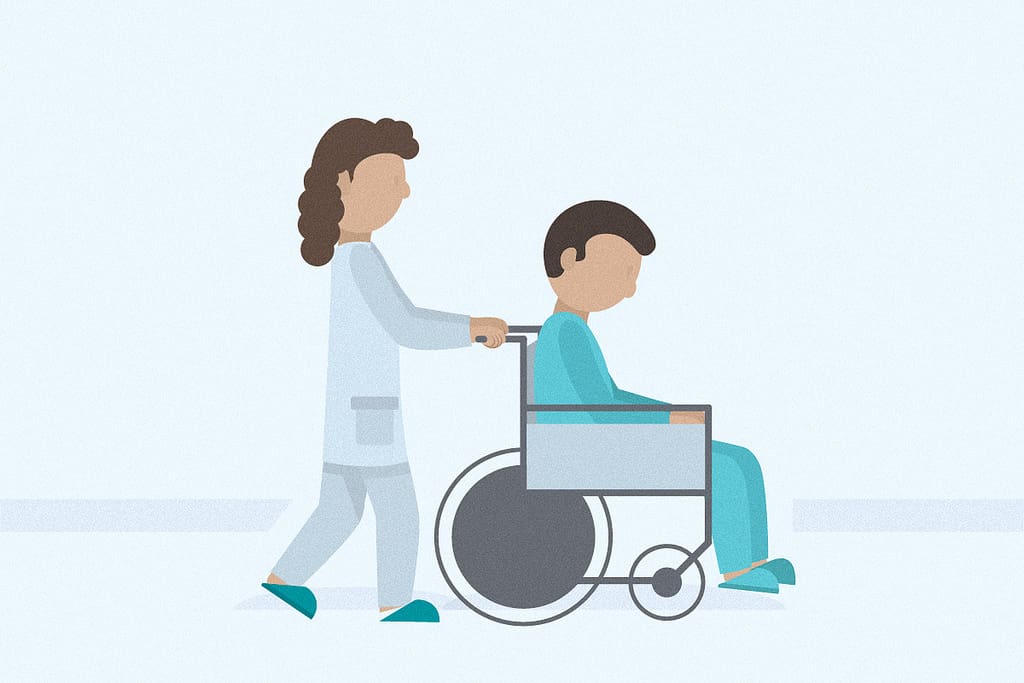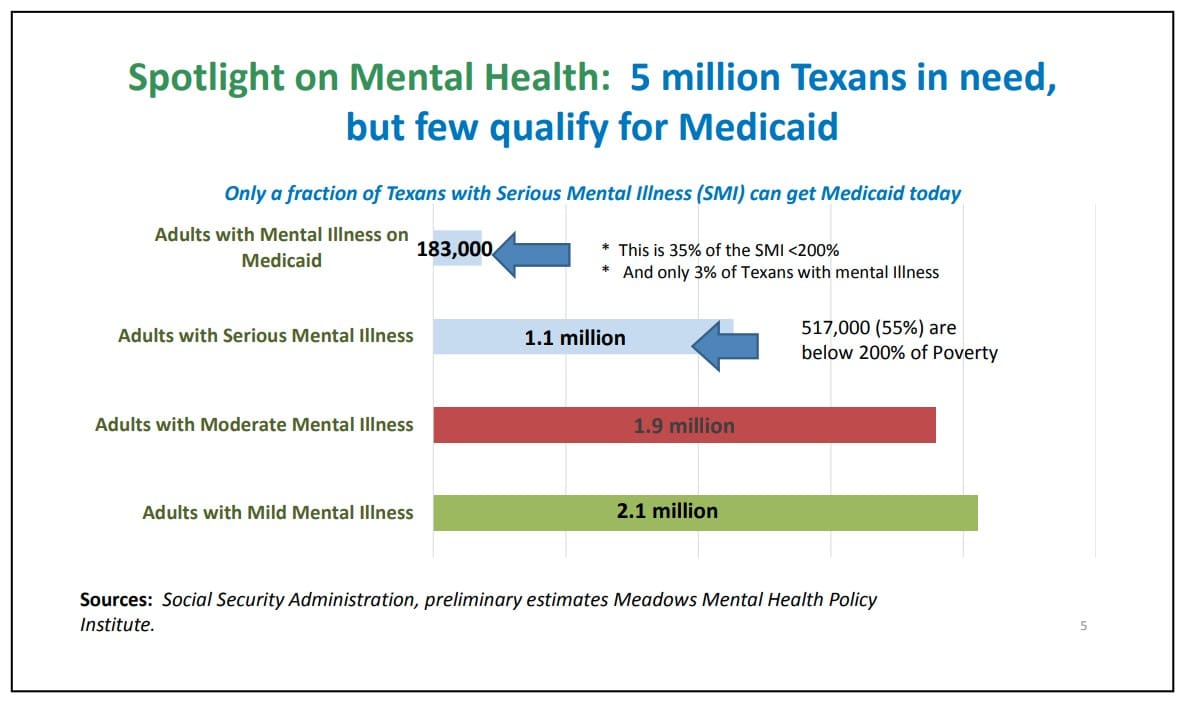Archives

We get a lot of “numbers” questions: about uninsured Texans, and Texas Medicaid, and about how many could get covered if our state accepted federal dollars allocated to cover our low-income adults. One challenge is that the numbers keep changing over time. This blog post launches our latest updated estimates of the number of uninsured Texans who could gain coverage if our state implements Medicaid Expansion coverage, and the subset of that number who are in the Coverage Gap.
Did I lose you already? Stay with me, we can do this. Really.
The newest U.S. Census data estimate that 5 million Texans were uninsured in 2014. That’s across all incomes, and it captures only the very first year of expanded private and public coverage under the ACA (i.e., Marketplace coverage and Medicaid Expansion). That’s a drop—for the first time in many years—of over 700,000 uninsured and three percentage points from 2013 (from 22.1 to 19.1 percent).
Medicaid expansion—whether through traditional Medicaid, or under an alternative approach with more conservative features—covers adults up to 133 percent of the federal poverty income level, which is about $26,800 annual income for a family of three in 2016 (and yes, Congress updates these poverty income guidelines every year).
Because the number of uninsured Texans dropped in 2014, so did the number of uninsured Texans who would qualify for Medicaid coverage, if Texas made it available. For 2014, about 1.5 million of the 5 million uninsured Texans are estimated to be U.S. citizen adults (mostly working) who could qualify for Medicaid under an expansion. (Estimate based on U.S. Census estimates and Kaiser Family Foundation models that adjust to exclude uninsured undocumented immigrants, who are ineligible for Medicaid.)

We also need to update the number of uninsured in the Coverage Gap subset of Medicaid Expansion: Texas adults with incomes under the federal poverty income level ($20,160 annual income for a family of three in 2016). They are referred to as the Coverage Gap groups, because they are excluded under federal law from Marketplace subsidies. (In contrast the adults between 100-133% FPL can get Marketplace insurance at a very low subsidized sliding-scale rate.) Using the same model as the larger Medicaid Expansion group, about 864,000 of the potential Medicaid Expansion population are estimated to have incomes below the poverty line, are ineligible for both subsidies or Medicaid, and in the Coverage Gap.
The Weeds: Don’t Even Read This Unless You Like Details! For these estimates, we have used estimates from a national expert source, the Kaiser Family Foundation (KFF), to model the size of the potential full Medicaid Expansion group and the below-poverty subset in the Coverage Gap. We use KFF’s proportions (derived from the Census’ Current Population Survey), and the U.S. Census’ estimated Texas uninsured population finding from the American Community Survey to produce the rough estimates.
Why so complicated? “Raw” unadjusted Census numbers would include non-U.S. citizen adults, who are excluded from a Medicaid Expansion. The KFF model is carefully designed to eliminate the ineligible non-citizens from the data, so using their proportions helps us more accurately estimate the number of potentially eligible U.S. citizen adults.
More Updates Will Come. CPPP will be updating our county data tools soon to reflect these revised estimates. The numbers in the table generator and infographics were produced before the 2014 Census data were available. And we apologize in advance, but as soon as the next round of Census data comes out (which will reflect the coverage changes in 2015), we will update them again.
To sum up, here are Texas-level rough estimates:


